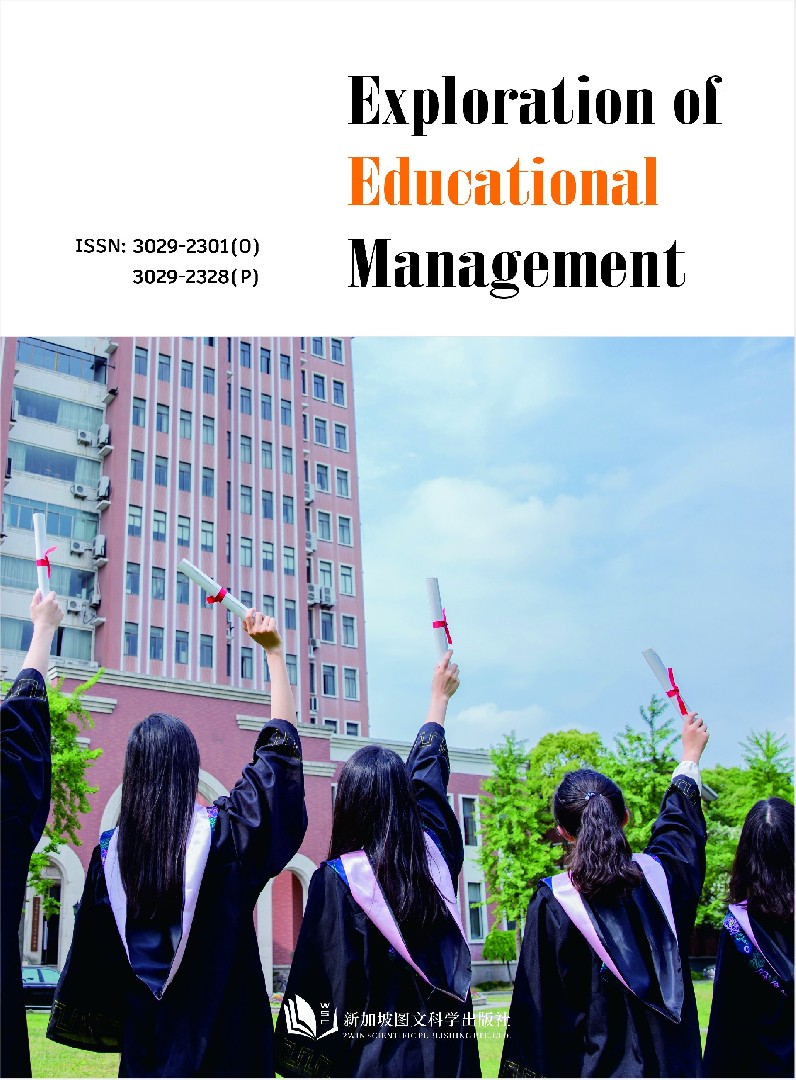作者
Xiaoyang Zhou
文章摘要
This study explores code-switching practices among 88 Chinese English Language Studies (ELS) students from the 2023 spring intake at the University of Malaya, Malaysia. Drawing on Malik’s ten reasons for code-switching, the study investigates students’ motivations and perceptions within a multilingual educational context. The findings indicate that “Lack of Facility” and “Lack of Register” are the most common reasons for code-switching, while factors such as “Mood of the Speaker” and “Pragmatic Reasons” play a lesser role. Students primarily code-switch when discussing complex academic content or cultural topics, viewing it as a helpful strategy for clarity and expression. This study contributes to sociolinguistics by highlighting code-switching as a tool for communication, identity negotiation, and linguistic adaptation in multilingual learning environments, and affirms the relevance of Malik’s framework in international education settings.
文章关键词
Code-switching; Sociolinguistics; Chinese ELS students; Students’ perceptions
参考文献
[1] Alenezi,M.Q. “Gender and Students’Attitude toward Code-Switching:A Correlational Study with Reference to Saudi Arabian Medical Students at Northern Boarder University. ” International Journal of English Language and Translation Studies,Vol.04,No.3,2016,pp.154–166.
[2] Badiola,L.,Delgado,R.,Sande,A.,and Stefanich,S. “Code-Switching Attitudes and Their Effects on Acceptability Judgment Tasks.”Linguistic Approaches to Bilingualism,Vol.8,No.1,2018,pp.5–24.
[3] Basabrin,A. “Code-Switched Greeting by Bilingual Saudi-American Subject:A Case Study. ” SSRN Electronic Journal,Vol.10,No.1,2019.
[4] Bokamba,E.G. “Are There Syntactic Constraints on Code-Mixing? ”World Englishes,Vol.8,No.3,1989,pp.277 –292.
[5] Crystal,D.The Cambridge Encyclopedia of Language.Cambridge University Press,Cambridge,New York,2010.
[6] Fromkin,V.,and Rodman,R.An Introduction to Language.Rinehart and Winston Press,1974.
[7] Gardner-Chloros,P.Language Selection and Switching in Strasbourg.Clarendon,Oxford,1991.
[8] Giles,H.,and St,R.N.Language and Social Psychology.Blackwell,Oxford,1979.
[9] Gumperz,J.J.Discourse Strategies.Cambridge University Press,Cambridge,1982.
[10] Gumperz,J.J.,and Hernández-Chavez,E.Bilingualism,Bidialectalism,and Classroom Interaction.Teachers College Press,New York,1972.
[11] Hadei,M.“Social Factors for Code-Switching-a Study of Malaysian-English Bilingual Speakers.”International Journal of Language and Linguistics,Vol.4,No.3,2016,p.122.
[12] Hoffmann,C.Introduction to Bilingualism.Longman Press,London,2016.
[13] Malik,L.Socio-Linguistics.Anmol,New Delhi,1994.
[14] Marasigan,E.Code-Switching and Code-Mixing in Multilingual Societies.Singapore University Press,Singapore,
Full Text:
DOI
